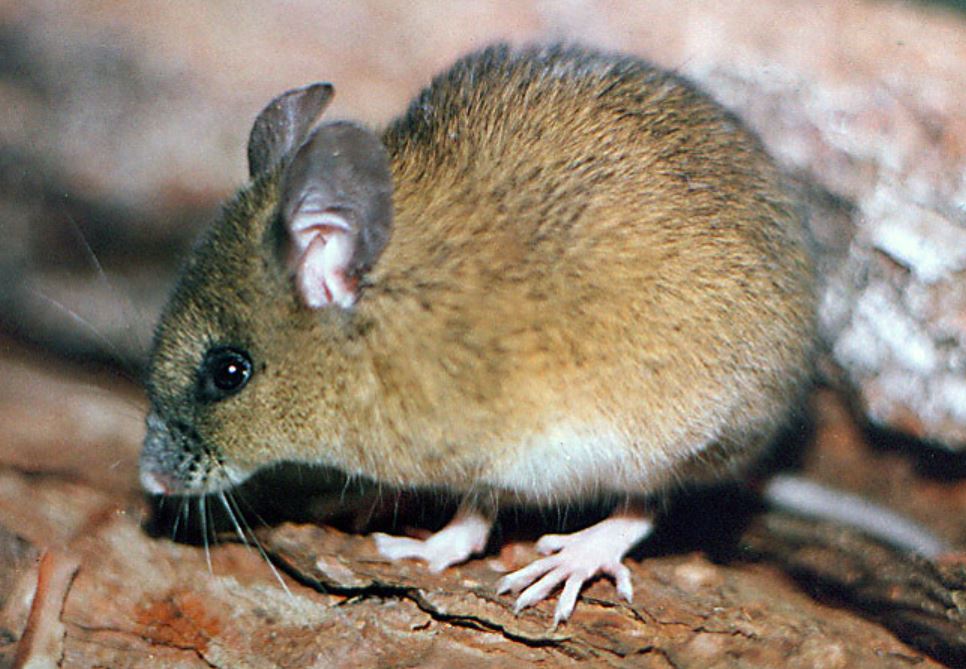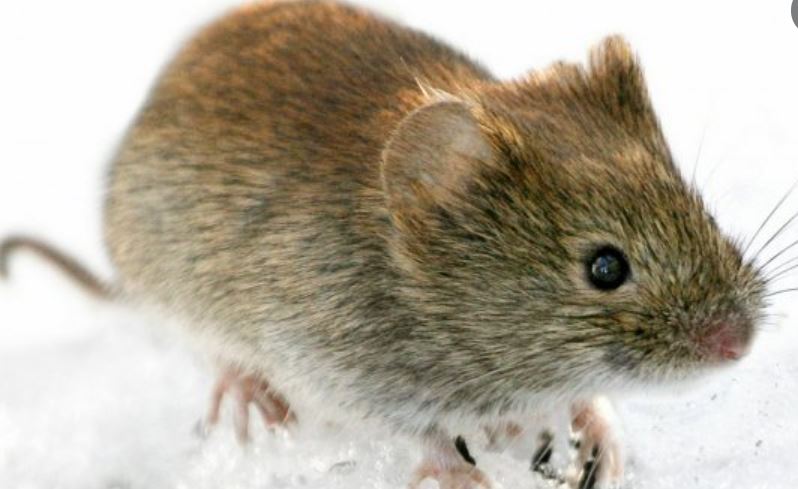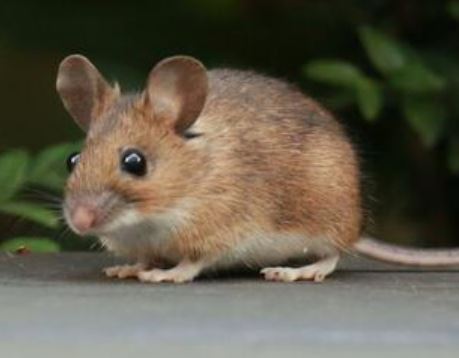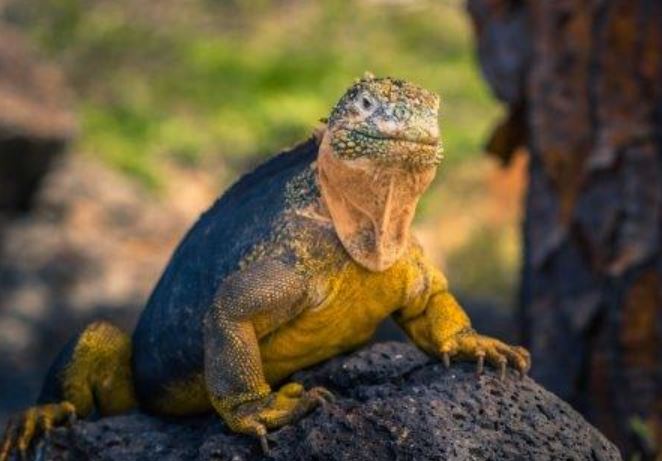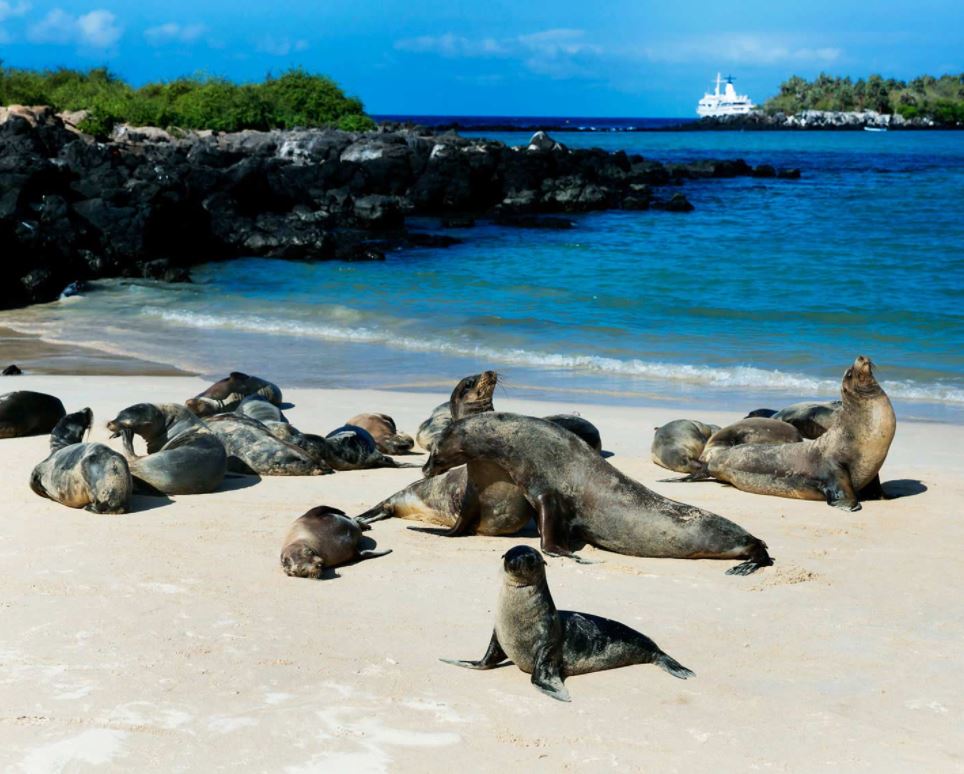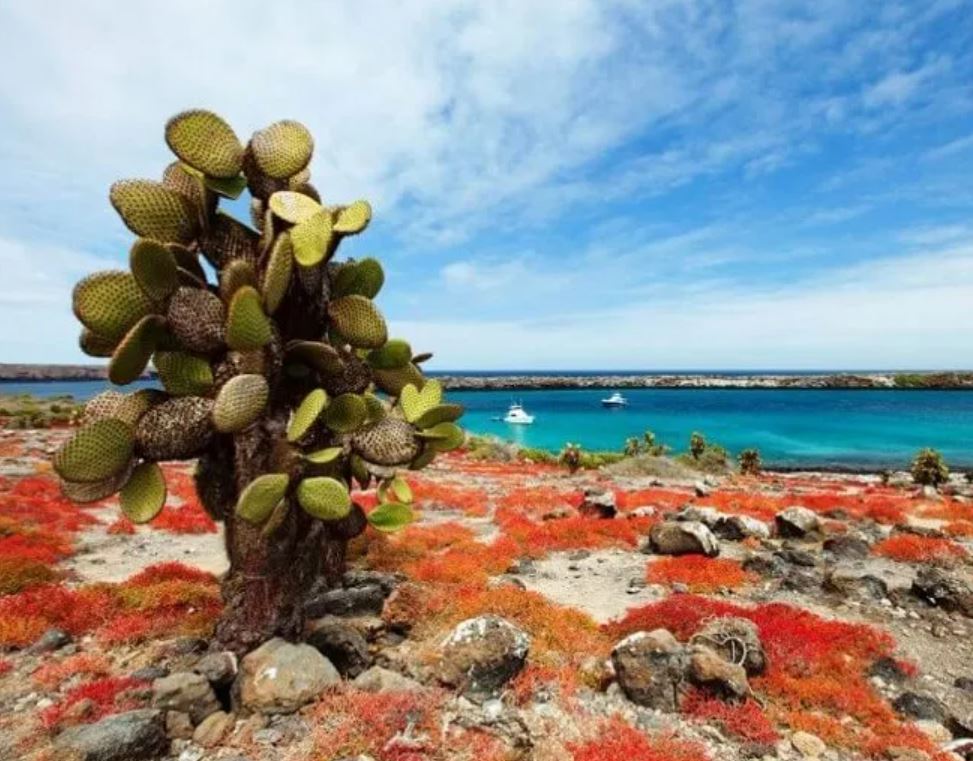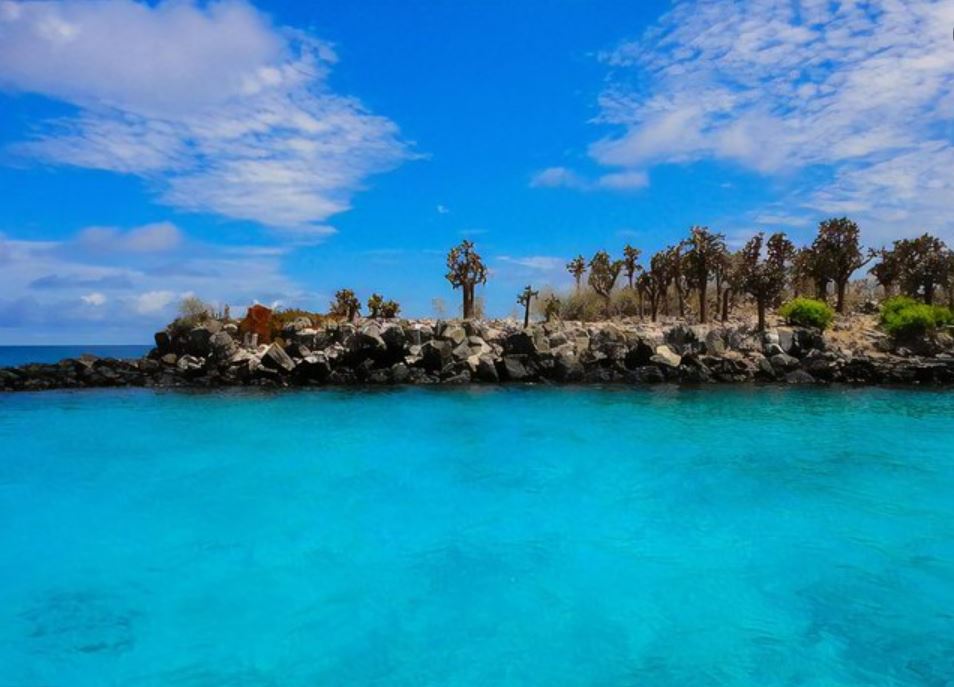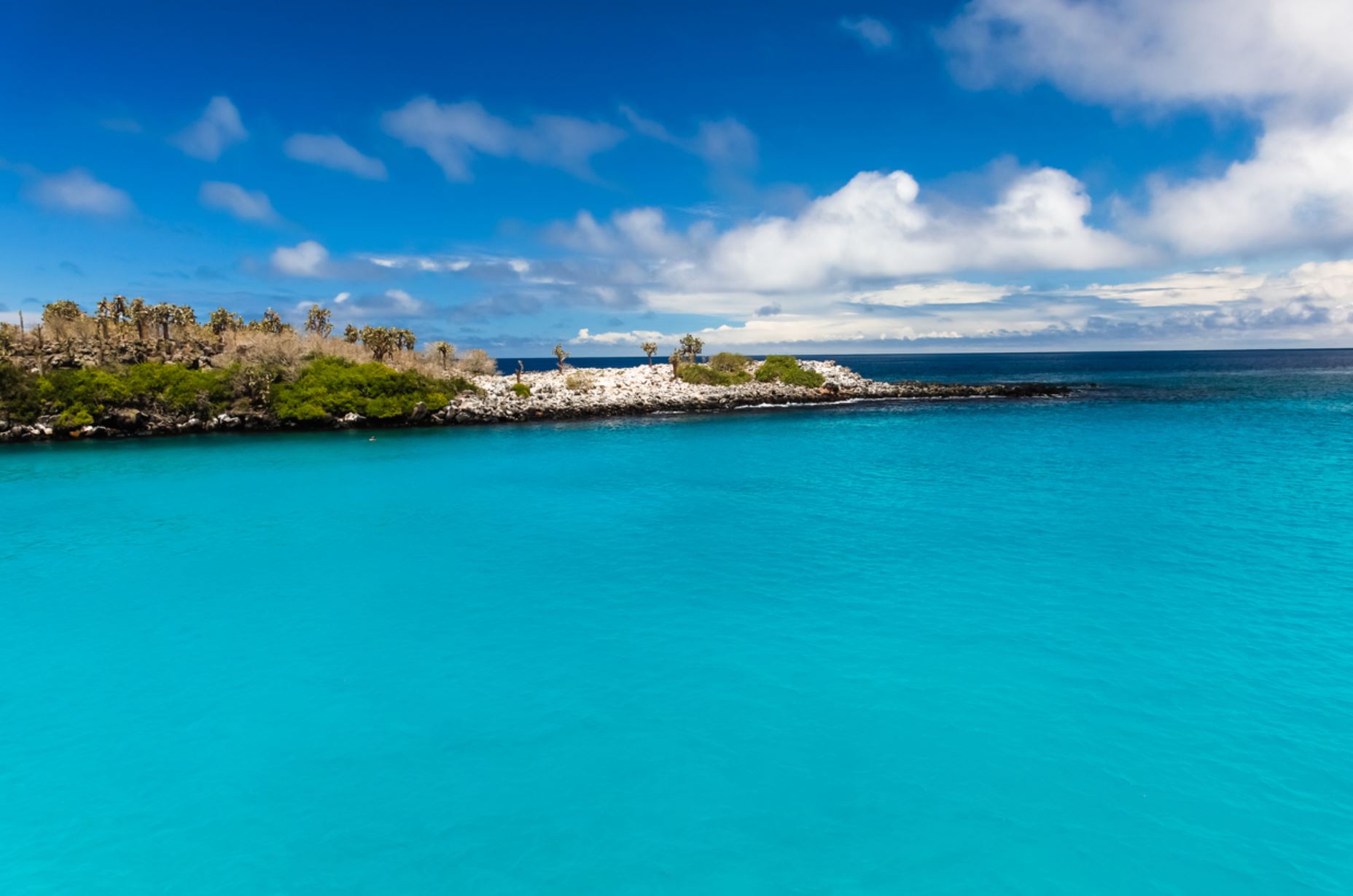Galapagos Rice Rat
The Darwin’s Rice Rat or Darwin’s Galapagos Mouse (Nesoryzomys darwini) lives on Indefatigable Island in the Galapagos Islands.
The Rice Rats are various species in the Oryzomyini tribe of New World rats.
The head and body of the Rice Rat measure 9 – 20 centimetres and it has a tail length of 7.5 – 25 centimetres. It weighs around of 40 – 80 grams. However, size varies widely by species.
The diet of the Rice Rat includes grasses, seeds, fruits, crustaceans and small fish.
The Rice Rat was probably nocturnal and inhabits burrows or rock crevices under bushes. Only four specimens exist. The Rice Rat may have become extinct due to competition with introduced black and brown rats, or from catching diseases from them. However, other species of Rice Rat may still exist on Galapagos
In the Galapagos Islands, introduced rats were probably brought in pirate boats at the end of the seventeenth century.
Rodent control is the best means of preventing these diseases, especially in oceanic islands such as Galapagos which are vulnerable to the introduction of new diseases. In addition, their unique fauna and flora are affected. In some cases, they have resulted in the extinction of some species.
Animal group Name: rodent
scientific name: Nesoryzomys darwini
Animal Average size: 10 – 25 cm
Animal Average Weight: 40-80 g.
Places where you may see this animal in Galapagos:
Santa Fé
Pictures
Islands where you can see the animal with a little luck:
Santa Fé
The oldest island of all (4.5 million years), is the result of the uplifting of a layer that previously suffered geological folding even tough recent data suggests it has also had volcanic origins. This island is a very rare formation located in the middle of Santa Cruz and San Cristobal islands, on the south east of the archipelago and it holds a beautiful turquoise lagoon on its bay, an often visited historic anchoring point. It was called Barrington because of the Brithish Admiral.
It is an unpopulated island.
The island with the highest endemism. Due to is geological nature and age; most of the animals on this island are endemic to this only location. Here the Marine Iguana of Santa Fe can be found as well as the Santa Fe Mockingbird, the Santa Fe rice Rat and the Santa Fe lizard.
Animals: frigate birds, blue footed boobies, sea lions, marine iguanas, swallow-tailed gulls, snakes, herons, hawks, sharks, rays.
Plants: giant cactus.
Offering one of the most beautiful and sheltered coves in the islands, home to a number of endemic species including Galapagos Hawk, Darwin’s finches and endemic land iguana.
Visitor sites:
The visitor site Santa Fe is located on the northeast end of the island bearing the same name. We continue walking through an endemic cactus forest as we search for the endemic Santa Fe land iguana, which is the largest in the islands and distinctively paler, and sea lions.
This island is home to a number of endemic species including Galapagos hawk, Galapagos snake, a variety of finches and one of the four species of Galapagos mockingbirds.
Activities: 1 hour 30 min walk / 1 hour deep-water snorkeling
Highlights: Santa Fe land iguana unique in Galapagos, largest cactus of the archipelago.
Mr. Frobeen can give you precise information about the ships.
Mr. Frobeen will be happy to advise you by phone at +49 (0)7633 9399360 or via email info@frobeen.de
If you want to book, what are the payment methods?
The reservation is gratis as an option.
If you want to make an fixed booking, there is to pay a deposit of 20%.
The remaining payment is due 4 weeks before departure. In individual cases, such as diving cruises, other rules apply. Information on request.
- Your payments are insured against bankruptcy!

